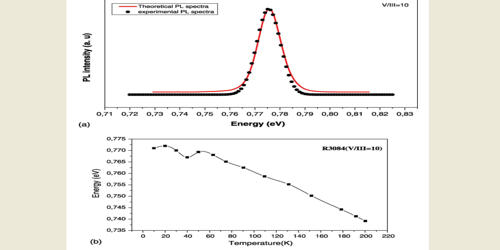When antibiotics are no longer effective, fighting disease-causing bacteria becomes more challenging. According to a study conducted by the University of Basel and University Hospital Basel, people with pre-existing diseases are more likely to carry resistant bacteria and have recurring infections over time.
Pneumonia, urinary tract infections, and sepsis are all potentially lethal without antibiotics. Some bacteria have gained the ability to degrade beta-lactam antibiotics such as penicillin and cephalosporin, rendering them useless. Once these resistant bacteria have invaded a patient’s body, they can survive for a long time, according to Professor Sarah Tschudin Sutter’s study group in the scientific journal Nature Communications.
The team at the Department of Clinical Research of the University of Basel and University Hospital Basel analyzed multiple samples taken from over 70 individuals over a period of ten years. The researchers looked at a much longer period of time than previous studies and focused on older people with pre-existing conditions. Their key question: whether and how resistant Klebsiella pneumoniae and Escherichia coli bacteria in the body change over this long period and how they differ in various parts of the body.
These findings about the bacterial genetic variety that is likely to arise in individual individuals over time provide a solid foundation for future research examining characteristics discovered in both bacteria and patients that correlate with colonization length and progression to illness.
Professor Tschudin Sutter
Recurring illness
DNA research shows that the bacteria first adapt swiftly to the circumstances in the colonized areas of the body, but then experience few genetic changes. The resistant germs may still be found in the patients up to nine years later. “These patients not only become ill repeatedly, but they also serve as a source of infection for others — a reservoir for these pathogens,” says the study’s principal author, Dr. Lisandra Aguilar Bultet.
“This is critical information for selecting a treatment,” says Professor Tschudin Sutter. If someone has previously been infected with resistant bacteria and now requires another course of therapy due to a new infection, regular antibiotics may fail to function.

Transmission of resistance
In addition, the researchers found that in some patients, bacterial strains of the same species, as well as of different species (specifically, Klebsiella pneumoniae and Escherichia coli), share identical genetic mechanisms of resistance through what are known as mobile genetic elements (such as plasmids). The most likely explanation is that they have transmitted these elements to each other.
If a patient has previously been infected with resistant bacteria, hospitals take extra precautions to safeguard them. However, in real life, lowering the danger of disease transmission is difficult.
These findings about the bacterial genetic variety that is likely to arise in individual individuals over time provide a solid foundation for future research examining characteristics discovered in both bacteria and patients that correlate with colonization length and progression to illness.
















